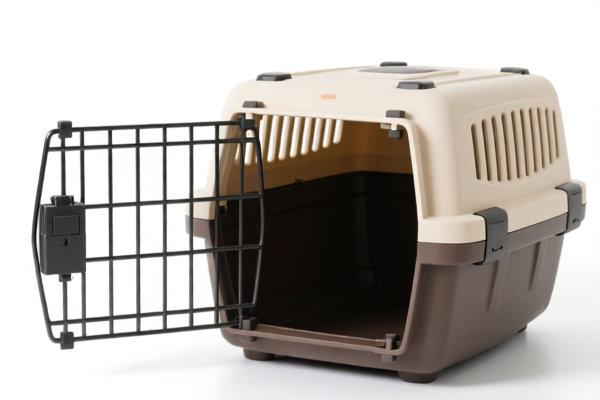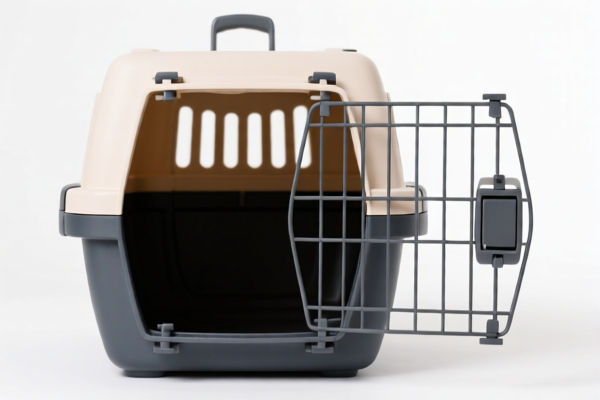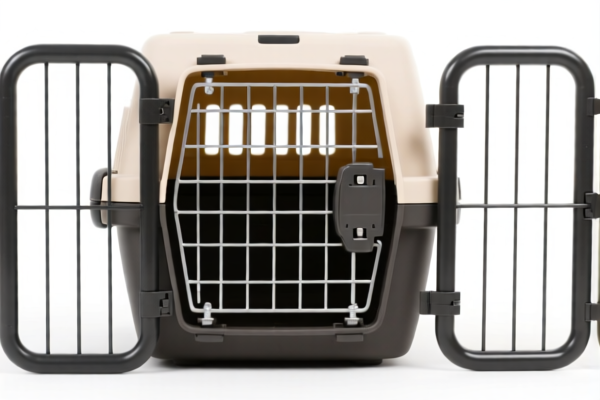| HS Code | Official Doc | Tariff Rate | Origin | Destination | Effective Date |
|---|---|---|---|---|---|
| 8308909000 | Doc | 57.7% | CN | US | 2025-05-12 |
| 3926909989 | Doc | 42.8% | CN | US | 2025-05-12 |
| 3901909000 | Doc | 61.5% | CN | US | 2025-05-12 |
| 3914006000 | Doc | 58.9% | CN | US | 2025-05-12 |
| 4823901000 | Doc | 55.0% | CN | US | 2025-05-12 |




Okay, let's break down the HS codes and tax implications for your "PET PLAYPEN" declaration. Based on the provided data, it appears your playpen is comprised of multiple materials, leading to these different classifications. Here's a detailed analysis:
Understanding HS Codes – A Quick Primer
HS codes (Harmonized System codes) are internationally standardized codes used to classify traded products. The first two digits generally indicate the chapter, the next two the subheading, and further digits provide more specific details. Here's how to interpret the codes you've received:
- Chapter 83: Base metal articles (like clasps, buckles – often used for securing parts of the playpen).
- Chapter 39: Plastics and articles thereof (likely the playpen's structure, panels, or components).
- Chapter 48: Paper, paperboard, cellulose wadding and webs of cellulose fibers (potentially for packaging or internal components).
Detailed Breakdown of Each HS Code & Tax Implications
-
8308.90.90.00 – Clasps, frames with clasps, buckles, etc., of base metal (Other)
- Meaning: This code covers metal hardware used for fastening or securing parts of the playpen. "Other" indicates it doesn't fall into more specific categories within 8308.90.
- Tax:
- Basic Duty: 2.7%
- Additional Duty: 25.0% (Currently) / 30.0% (After April 2, 2025)
- Total Tax: 57.7%
- Important Note: Ensure the material is genuinely base metal (e.g., iron, steel, aluminum). If it contains precious metals, a different HS code would apply.
-
3926.90.99.89 – Other articles of plastics (Other)
- Meaning: This covers plastic components of the playpen that aren't specifically classified elsewhere in Chapter 39. "Other" signifies a broad category of plastic articles.
- Tax:
- Basic Duty: 5.3%
- Additional Duty: 7.5% (Currently) / 30.0% (After April 2, 2025)
- Total Tax: 42.8%
- Important Note: The type of plastic is important. Different plastic types could have different classifications, though this code is quite broad.
-
3901.90.90.00 – Polymers of ethylene, in primary forms (Other)
- Meaning: This code covers polyethylene (PE) plastic in its raw form (pellets, granules, etc.). This suggests you might be importing the plastic material used to make parts of the playpen, not finished components.
- Tax:
- Basic Duty: 6.5%
- Additional Duty: 25.0% (Currently) / 30.0% (After April 2, 2025)
- Total Tax: 61.5%
- Important Note: Confirm if this is indeed the raw plastic material. If it's already processed into a component, a different code is needed.
-
3914.00.60.00 – Ion-exchangers based on polymers (Other)
- Meaning: This code is a bit unusual for a pet playpen. Ion-exchange resins are typically used in water treatment or purification. It's possible a small component utilizes this material, but double-check if this is accurate.
- Tax:
- Basic Duty: 3.9%
- Additional Duty: 25.0% (Currently) / 30.0% (After April 2, 2025)
- Total Tax: 58.9%
- Important Note: Verify the presence and function of this material in your playpen.
-
4823.90.10.00 – Other paper, paperboard, cellulose wadding (Of paper pulp)
- Meaning: This code likely covers packaging materials (cardboard boxes, paper inserts) made from paper pulp.
- Tax:
- Basic Duty: 0.0%
- Additional Duty: 25.0% (Currently) / 30.0% (After April 2, 2025)
- Total Tax: 55.0%
- Important Note: This is for the paper packaging itself, not components of the playpen made from paper.
Recommendations & Next Steps
- Material Verification: Crucially, double-check the materials used in your playpen. The HS codes are based on what the product is made of.
- Component Breakdown: List every component of the playpen. This will help ensure you're using the correct HS code for each part.
- Certifications: Depending on the materials used (especially plastics), you may need certifications to demonstrate compliance with safety standards (e.g., BPA-free, phthalate-free).
- April 2, 2025, Changes: Be aware of the increased additional duties coming into effect on April 2, 2025. Factor this into your cost calculations.
- Single Declaration vs. Multiple Declarations: Consider if it's more appropriate to declare the playpen as a single item with multiple HS codes (if it's a kit) or as separate components with individual declarations.
- Consult a Licensed Customs Broker: For complex classifications or large shipments, it's highly recommended to consult a licensed customs broker in China. They can provide expert guidance and ensure compliance with all regulations.
Disclaimer: I am an AI assistant and cannot provide definitive customs advice. This information is for general guidance only. Always consult with a qualified customs professional for accurate and up-to-date regulations.
Customer Reviews
The breakdown of the 55.0% tariff for HS code 4823901000 was helpful, but I wish there were more examples of similar products for comparison.
This page was a lifesaver for my export of pet playpens. The HS code 3901909000 and the 61.5% tariff were explained well, and it helped me avoid mistakes.
The explanation of the 42.8% tariff for HS code 3926909989 was clear. I appreciated the mention of plastic components and the importance of material verification.
The detailed breakdown of HS code 8308909000 was exactly what I needed. It clarified the metal parts of the playpen and the 57.7% tariff rate.
I was impressed by how clearly the HS Code 3925 was explained. The details on the 5% tariff rate made everything much easier for my business.